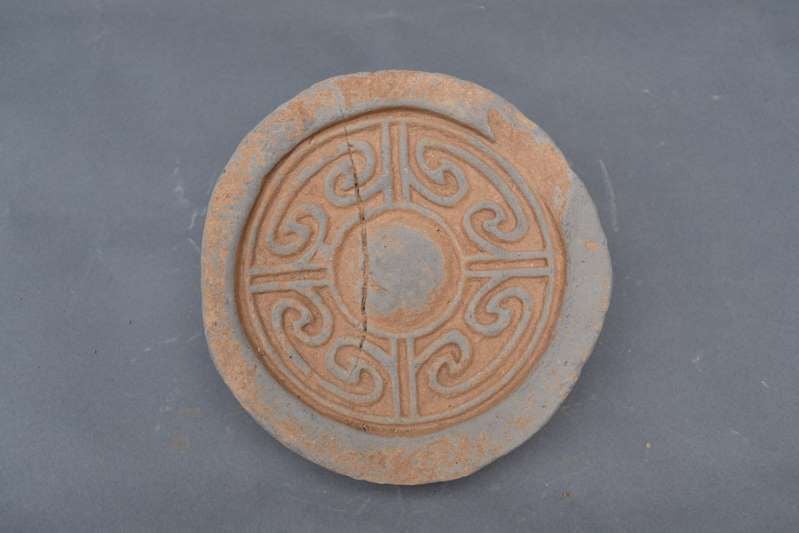
Thanks to a 1,840-year-old stone vessel, archaeologists have identified the tomb of Liu Zhi, one of China’s last Han emperors and a particularly brutal and hated ruler known for ordering the deaths of unwitting palace officials and their families.
The written evidence had already suggested that the second-century AD leader, known also as Huan, was buried in a mausoleum near the Baicaopo Village in Henin Province’s city of Luoyang. That theory was bolstered significantly when archaeologists recently realized the 10-inch-tall, two-foot wide artifact was dated by its inscription.
It reads “made in the third year of Guanghe,” a title for Liu Zhi’s successor Liu Hong, who would have been responsible for constructing his final resting place.
“Together with the previous documents about the location of the emperor’s tomb, the discovery makes us almost certain that it is the tomb of emperor Liu Zhi,” excavation leader Wang Xianqiu told Xinhua, China’s state-run news agency.
The ancient cemetery in Luoyang believed to be the final resting place of Han Emperor Liu Zhi. Photo courtesy of Luoyang City Cultural Relics and Archaeology Research Institute.
Ruling from 146 to 168, first under the regency of Empress-Dowager Liang Na and her brother Liang Ji, Liu Zhi was known for allying with a politically influential group of eunuchs to execute officials—including Liang Ji and his family—and consolidate his power. Weakened by Liu Zhi’s alienation from the traditional ruling class, the Han Dynasty subsequently collapsed in 220, splitting into three warring states, notes Smithsonian Magazine.
The city of Luoyang was the dynasty’s capital. The site first came to archaeologists’ attention in 2007, when the government announced plans to build a railroad there.
Local historians turned to ancient literature, according to the London Times, which suggested it may have been home to an imperial tomb. Excavations have been underway since 2017, and have uncovered a cemetery featuring over 100 tombs, as well as a well and drainage channels.
The imperial mausoleum is laid out like an underground palace, with a courtyard, homes, roads, and patios that the History Blog reports may have been staffed by living guards, cemetery administrators, and perhaps concubines.